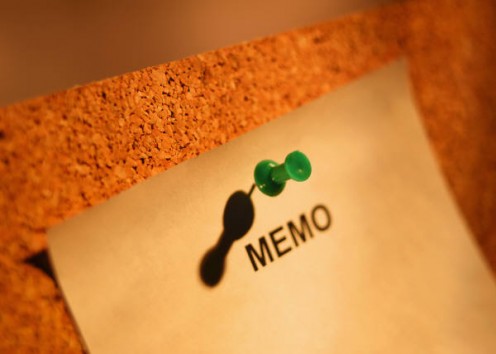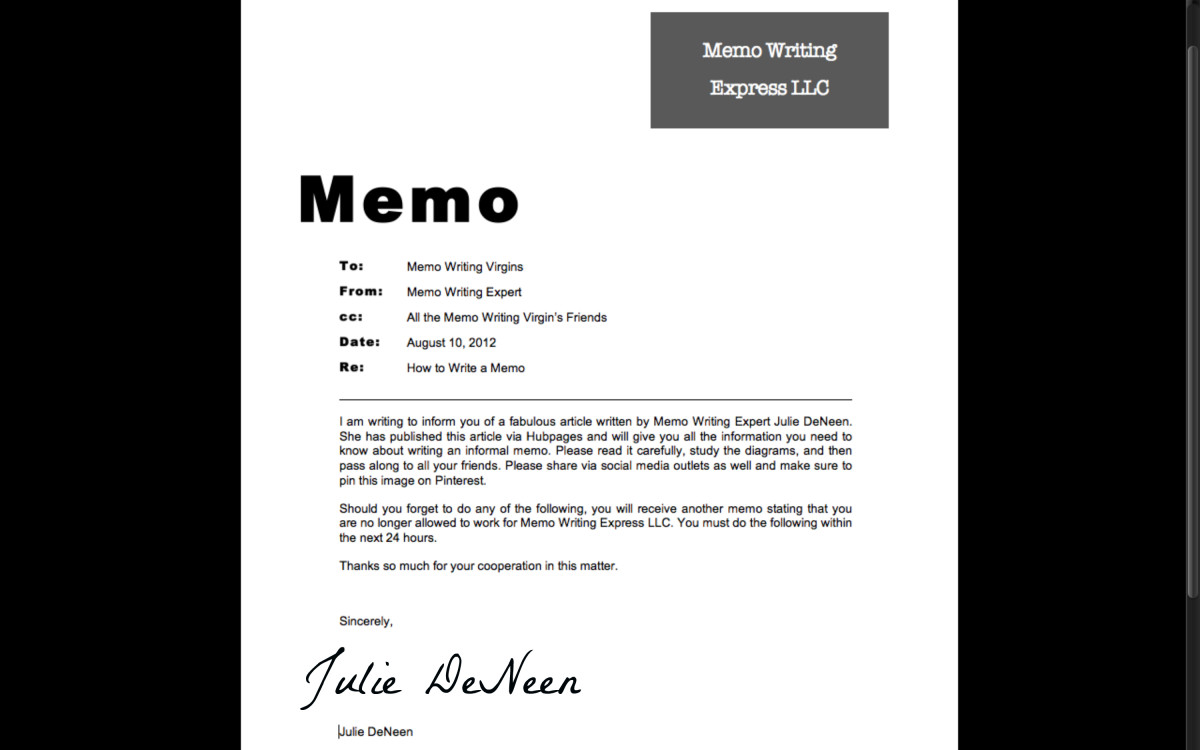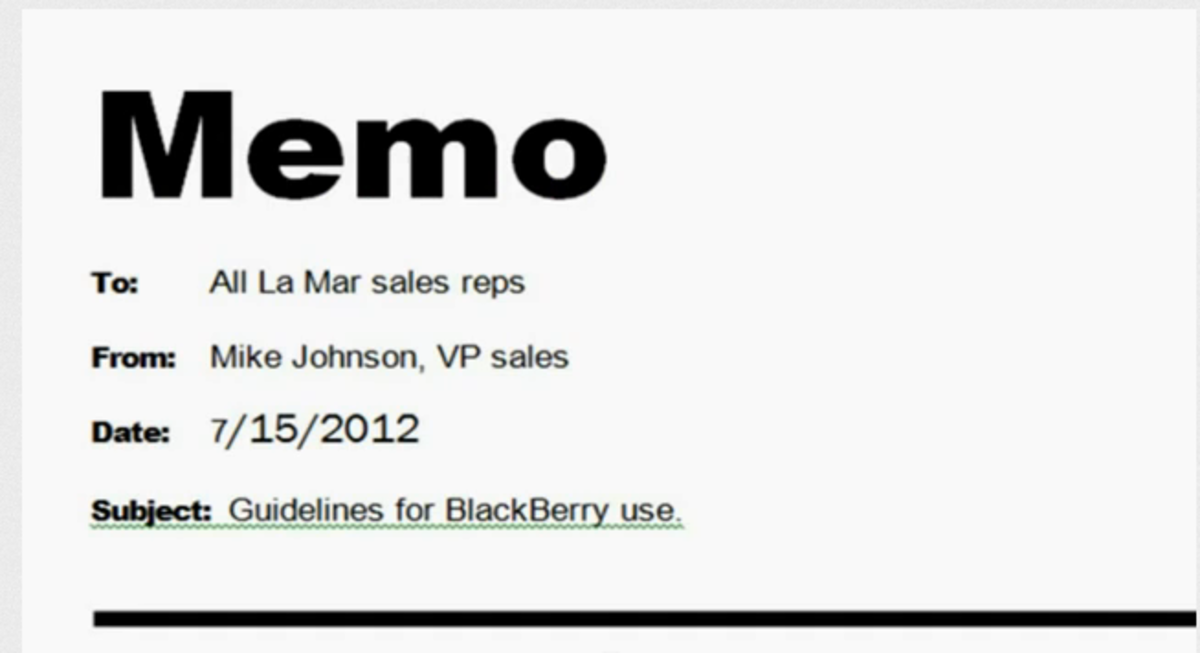How to Write a Memo

Office Memos
A high-quality memorandum is the best tool available to effectively communicate information that is otherwise hard to pass on. However, the ineffective use of even the best tools can produce poor outcomes.
Writing a competent memo is crucial for clearly passing information on to other people. A poorly written memo often leads to misinterpretation or misunderstanding of the message it is supposed to communicate.
Before you start writing the memo, create an outline. The memo has three sections:
- Opening – Include some sort of background information. Establish the purpose of the memo in general terms.
- Body – Clearly outline the points of the message.
- Ending – Focus on the next step, beyond the memo.

Effectively Writing a Memo
To effectively write a memo, consider the following before you start writing:
- Identify whether you need it. Sometimes, writing a memo is inappropriate. Think about the information you need to communicate with others, and decide if a memo is the proper tool.
- Identify if you have enough well defined information for the memo. If you don’t have enough information to share in a memo, then perhaps you need to find another way to communicate your information.
- Identify your target audience—this is who you will be writing for.
- Identify the proper format for the memo, and then use it to organize thoughts and ideas.
- Identify how you can write your message clearly and how to choose words wisely, but at the same time keep it simple.
- Identify ways to keep sentences short and understandable.
Common Memo Mistakes
Sometimes people misuse or overuse memos. Even if we are great writers, some information doesn’t require an official form of communication. Often, when writing a memo we have a hard time differentiating our major points from our minor points. Common mistakes include:
- Forgetting to proofread your memo. Sometimes, you find errors or ways to simplify your message by reading it after you are done writing.
- Using an inappropriate tone in your correspondence. Emotions have a huge impact on the tone of your writing. Hold on to the memo before hitting the send button because you might need to change something you haven’t yet noticed.
- Being afraid of using a passive voice. Sometimes it is better to use passive voice for political reasons. Creative writers have a difficult time doing this, but it is appropriate for memos.
The Last Steps
After you are sure your memo is ready to leave your desk, go ahead and make copies. You can now distribute your message around the office.









